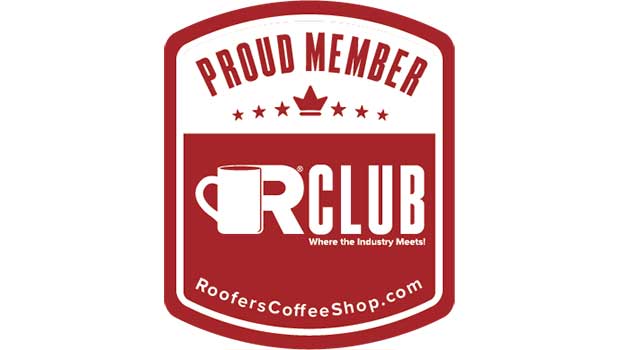When embarking on the construction of a new home, understanding the structural components is critical. Rafters and trusses are crucial elements that serve as frameworks supporting the roof. Their differences in cost, design and installation could significantly impact your building plans and preferences. Continue reading to learn more about them.

Understanding Roof Rafters and Trusses
In traditional roofing, roof rafters run from the peak of the roof down to the eaves, providing the skeleton that supports the roof deck and shingles. Constructed on-site, they entail a labor-intensive process that requires skilled carpentry. Rafters offer a bespoke fit for complex roof designs and are often preferred for the flexibility they provide when constructing uneven or unique roof lines.
Trusses, on the other hand, are pre-engineered and fabricated in factories, ensuring precision and uniformity in their design. They are typically triangular in structure, delivering efficient load distribution across the roof. While trusses offer quicker installation due to their pre-fabricated nature, their one-size-fits-all approach means less flexibility in roof design compared to rafters.
Cost and Installation Time
Trusses are often more affordable than rafters because they are mass-produced and require less on-site labor. They can also be installed much faster than rafters, which require a more lengthy and laborious construction process. For those under tighter construction deadlines or looking to reduce labor costs, trusses may be the better option.
Design and Flexibility
If you require creative design elements such as vaulted ceilings or attics, rafters provide the spatial freedom needed for such features. Trusses, on the other hand, tend to be less flexible because of their uniform design. Certain truss designs can accommodate attic space but with added complexity and cost.
Long-Term Durability
While both rafters and trusses are designed to last the lifetime of your home, it’s crucial to consider the potential for future renovations. Rafters allow for easier modification and can support extra weight, such as solar panels or additional insulation. Trusses, however, are not designed to be altered once installed as it could compromise the structural integrity of the roof.
Fields Roof Service, Inc. is a roofing contractor trusted by the local community. With our experience and knowledge, we can guide you toward the best option for your needs. Call us at (253) 852-4974 or complete our online form to schedule a consultation.




















